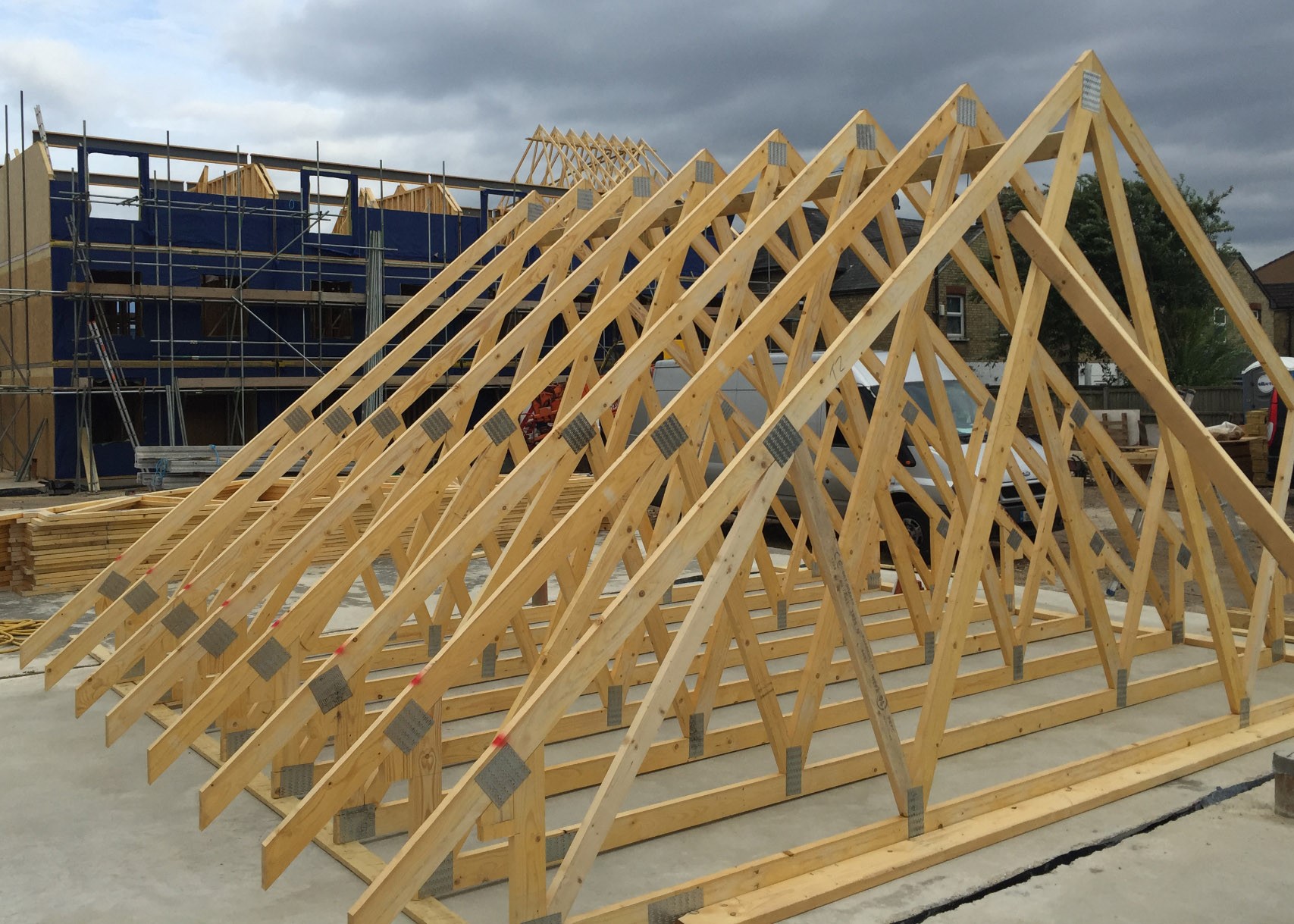Trusses are significant subassemblies in contemporary construction; they guarantee primary support and at the same time afford diverse layout opportunities. Knowledge of the different wood truss designs assists architects, engineers and builders to design effective and beautiful structures.
This paper seeks to look at some of the important factors on trusses and especially in modern day construction.
1. Understanding Truss Designs
A truss is a structure made of triangle elements which helps in the dispersion of loads and support. The fundamental assumption of truss design is to direct force and load by linking triangles in the most appropriate way possible.
These structures are normally fabricated using wood, steel, or aluminum although other materials can also be used depending on the specifications of the project in question.
2. Types of Truss Designs
Several types of truss designs are commonly used in modern construction:
Pratt Truss: It consists of vertical as well as diagonal members with the diagonal members inclined towards the central line of the beam and the Pratt truss is famous for its effectiveness for compressive and tensile force. KP is usually employed in the fabrication of bridges and other extensive work.
Warren Truss: This design consists of equilateral triangles which is rather simple but well known about its strength. The Warren truss is advantageous in the distribution of the loads being a usual type of truss used in bridges and roof structures.
Howe Truss: The Howe truss is also like the Pratt truss, with verticals and diagonals which run inward at a decline downward. That makes it especially useful within the construction that demands significant load-carrying capacity span bridges and big industrial constructions.
King Post Truss: The King Post truss utilizes a central vertical member called the king post and two diagonals and are common with small buildings such as dwelling places and small bridges.
3. Advantages Of Utilization Of Trusses In Construction
Trusses offer several benefits in construction:
Efficiency: Trusses reduce materials by providing support to the structure in such a way that loads are uniformly taken by the structure. On the same note, it can help minimize the amount of content to be used in the process while cutting costs of construction.
Versatility: These trusses can therefore range from basic constructions such as home roofs to complicated structures in commercial structures. They are so versatile that they are applicable in various architectural designs and structures.
Span Capability: Trusses assure stability and could span really large areas without requiring additional support hence being fit for use in large open areas such as sports halls, theaters, and godowns.
Aesthetic Appeal: On its own, trusses can also provide architectural aesthetics to a certain structure. Open web items used in the form of trusses in the interior or exterior of the building are beautiful additions to many structural designs.
4. Applications in Modern Construction
In modern construction, trusses are utilized in various ways:
Roof Systems: Trusses are often incorporated in roof trusses to offer large clear widths and need little internal support in doing this. This makes it possible to have non-load bearing and free planning of the internal environments.
Bridges: Truss formations are usually used for bridge construction because of the outstanding carrying capacity and possibility to build long spans. Trusses are used to transfer force throughout the structure of a bridge in a manner that is most appropriate.
Industrial Buildings: Thus, trusses are applied in industrial constructions to provide open and vast areas for placing machines and tools. This makes them perfect for such uses since they shall show great strength and operating efficiency.
Conclusion
Within modern construction, truss designs are essential systems that give architects and engineers a high degree of productivity, versatility and beauty. The knowledge of the various types of trusses and how they are commonly used will enable the professionals to come up with better designs and functions for use on their projects.
In the construction of buildings to be used for residential, commercial or even industrial purposes, trusses are fundamental in establishing stable developments that also possess aesthetical merits.

